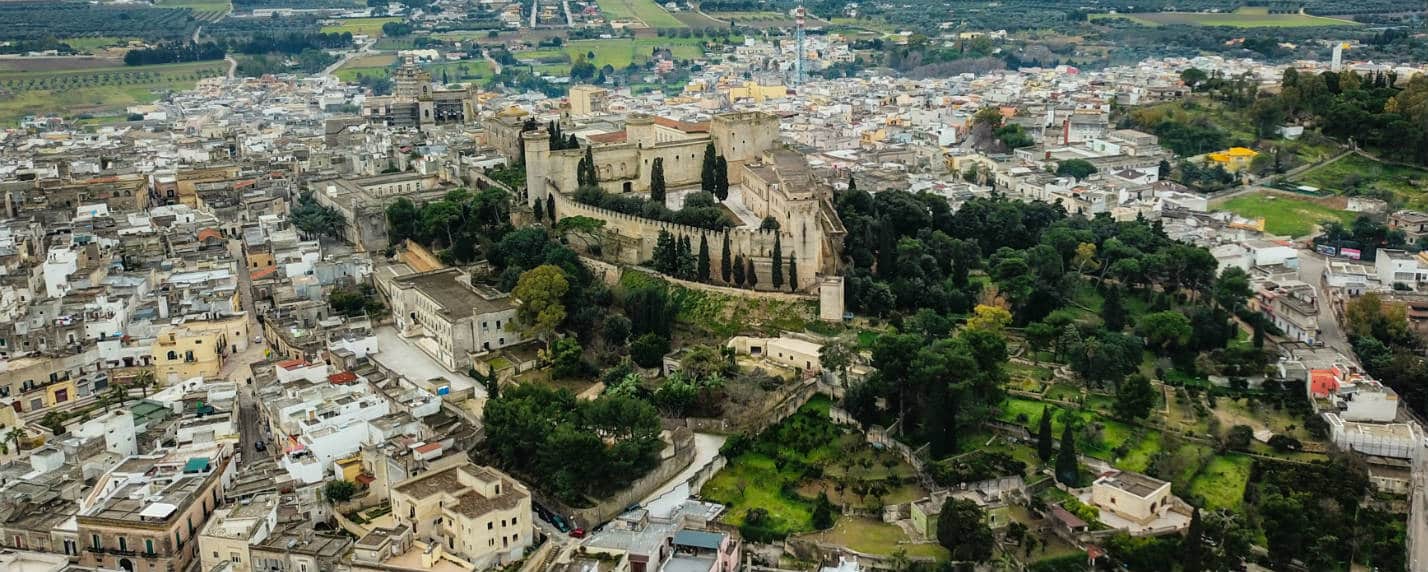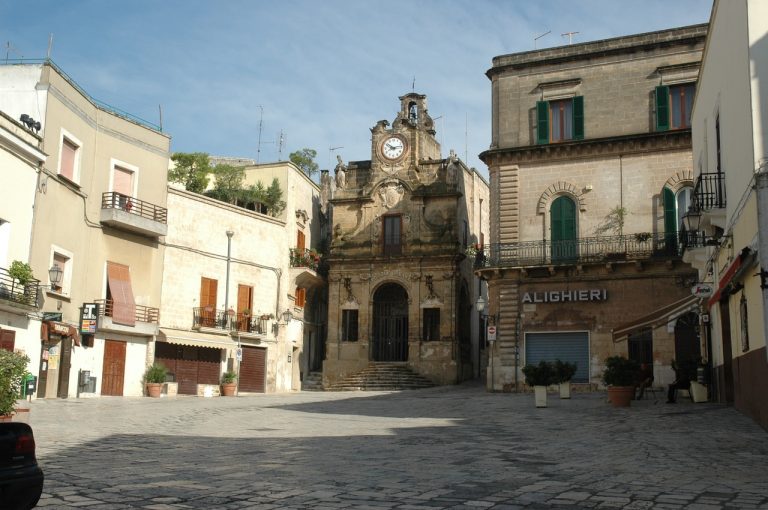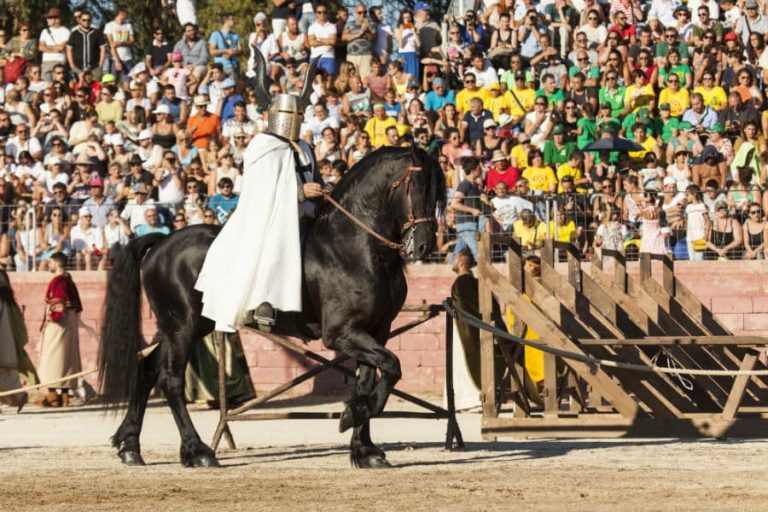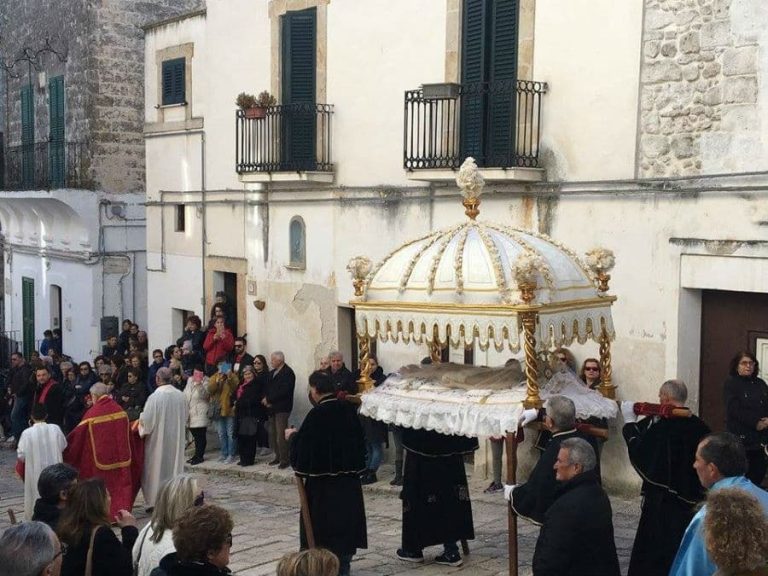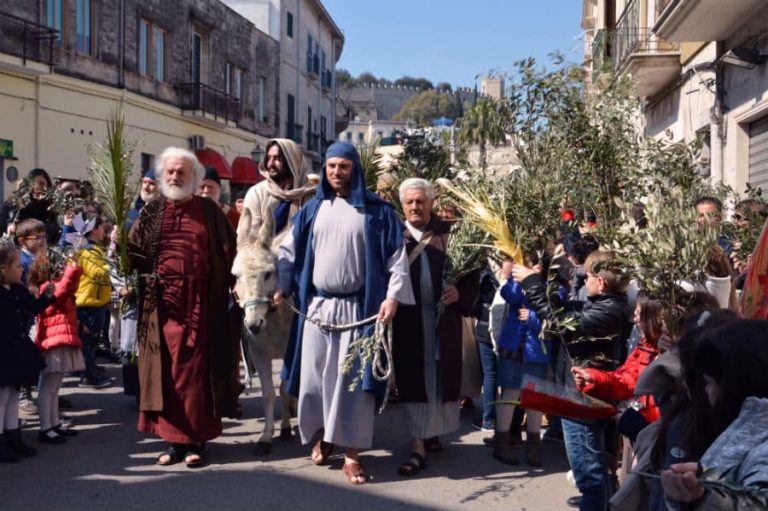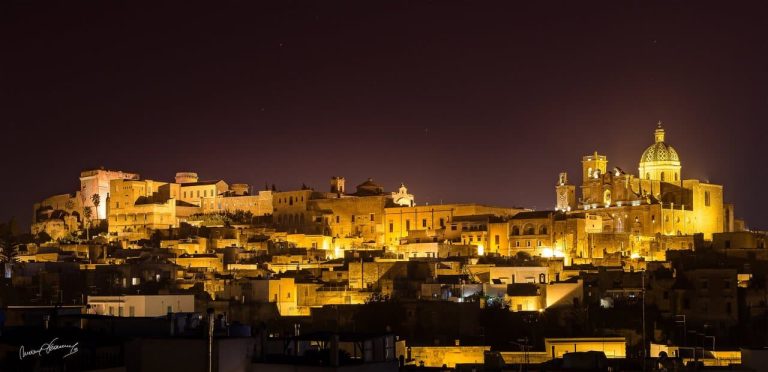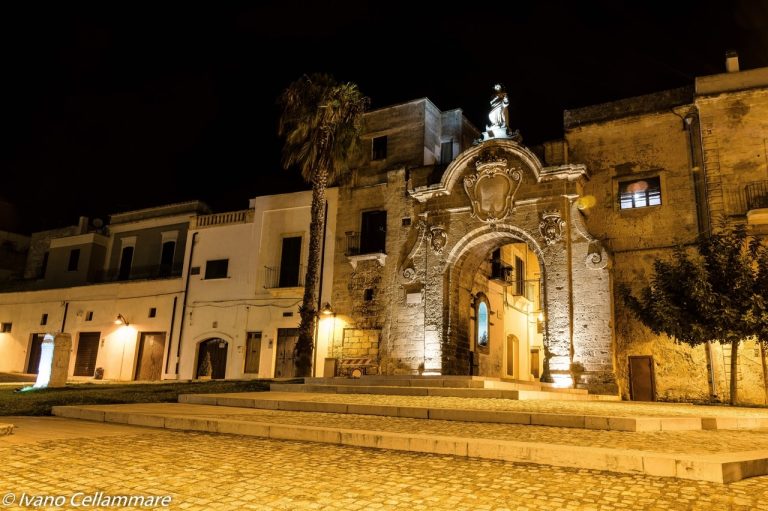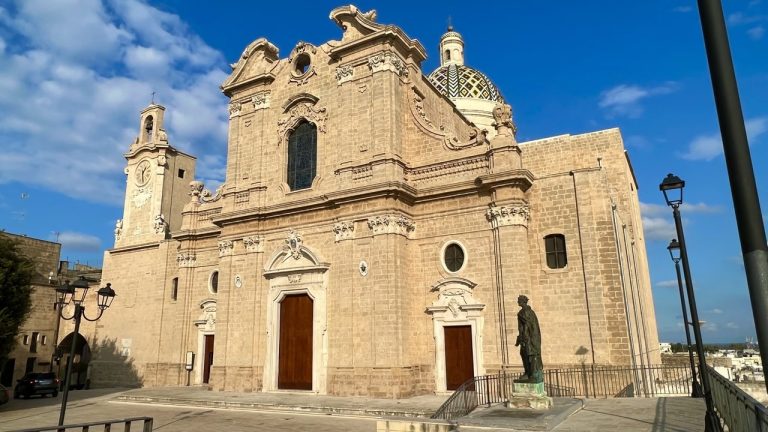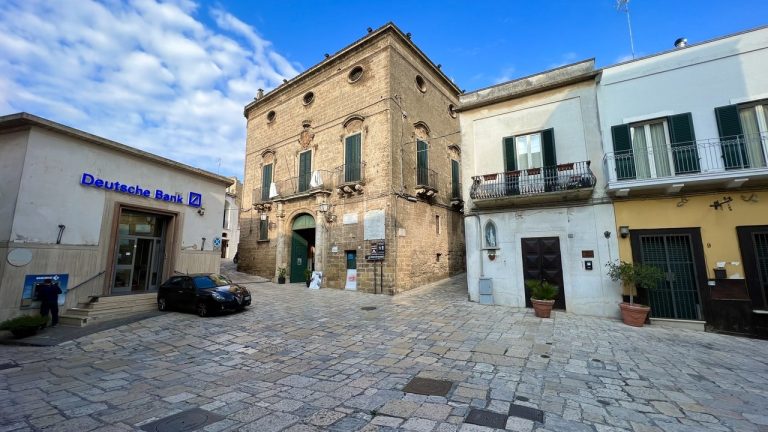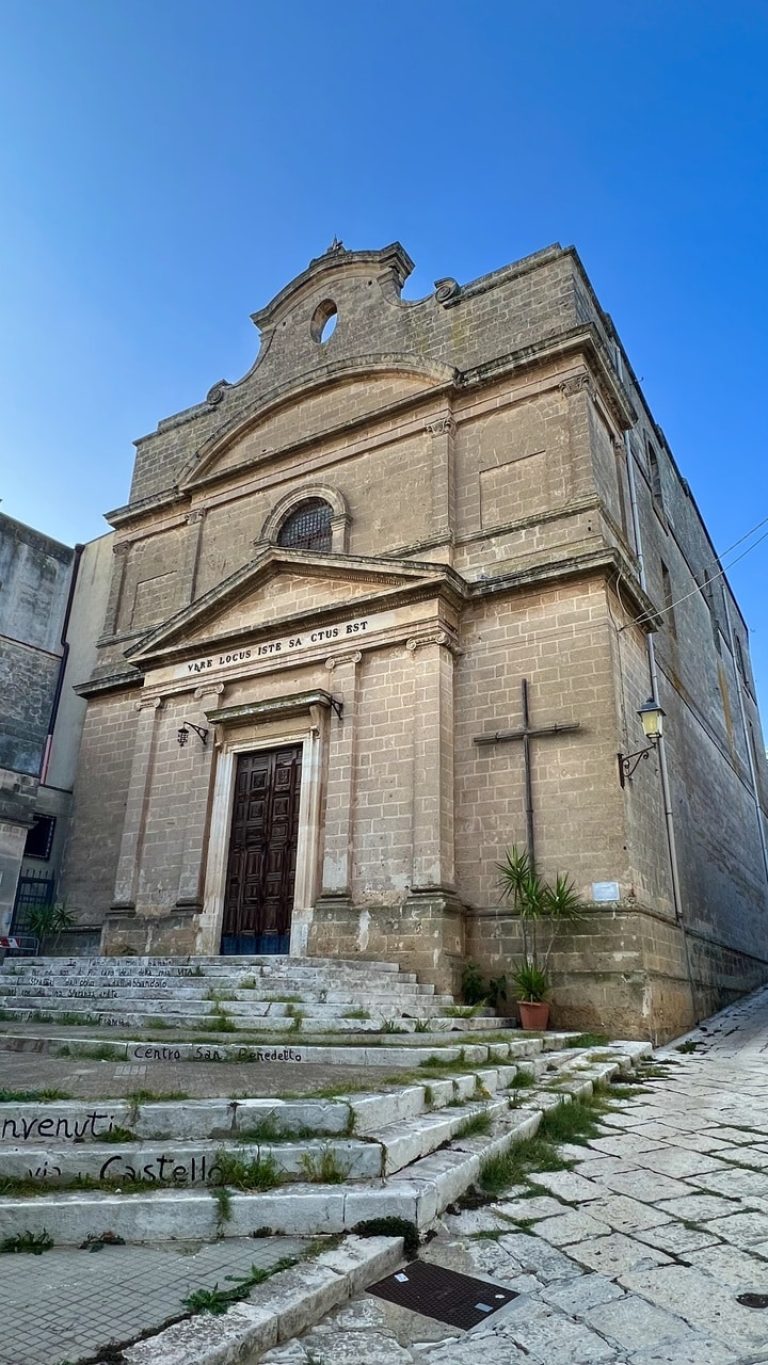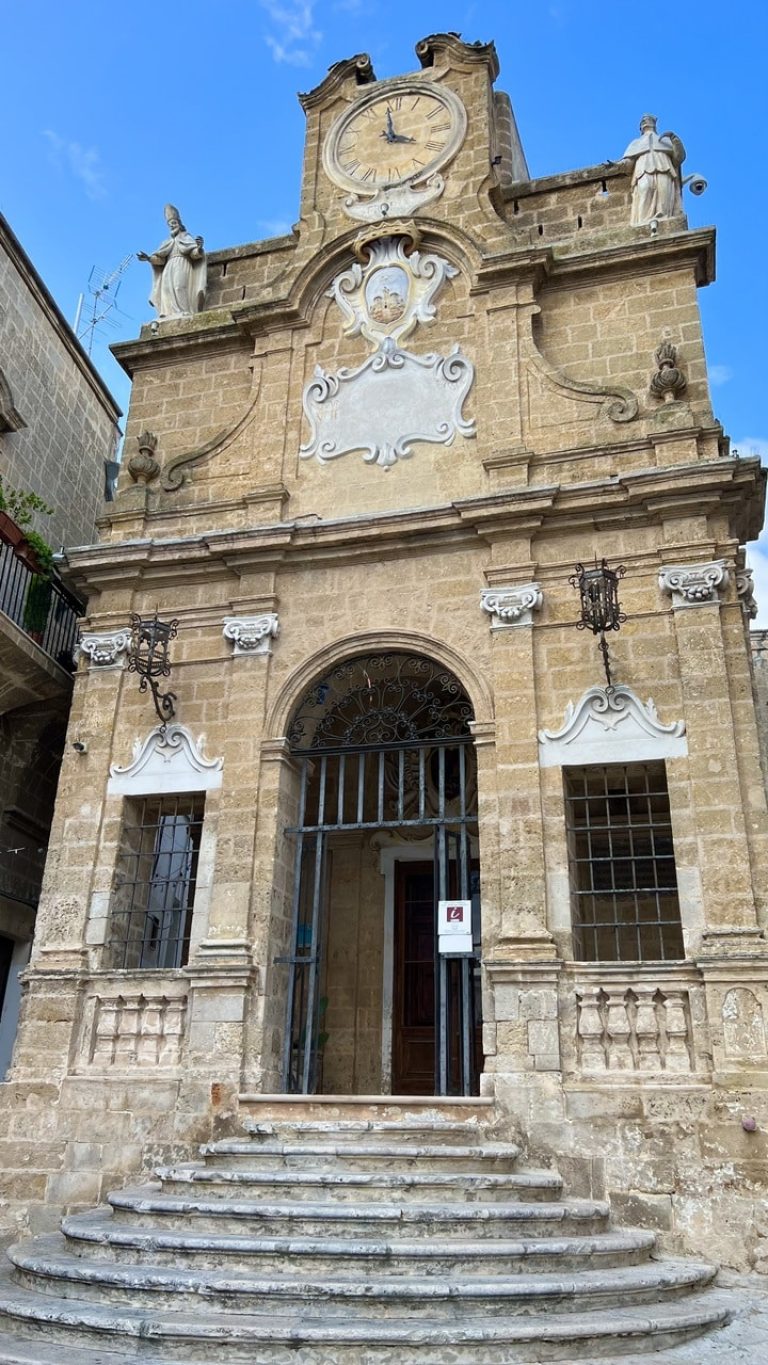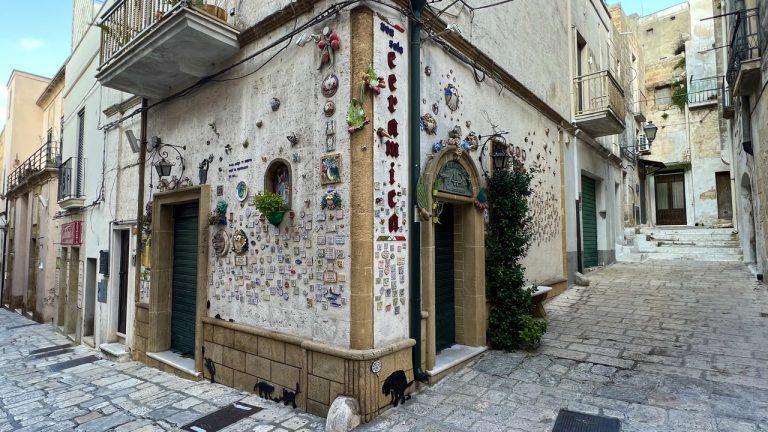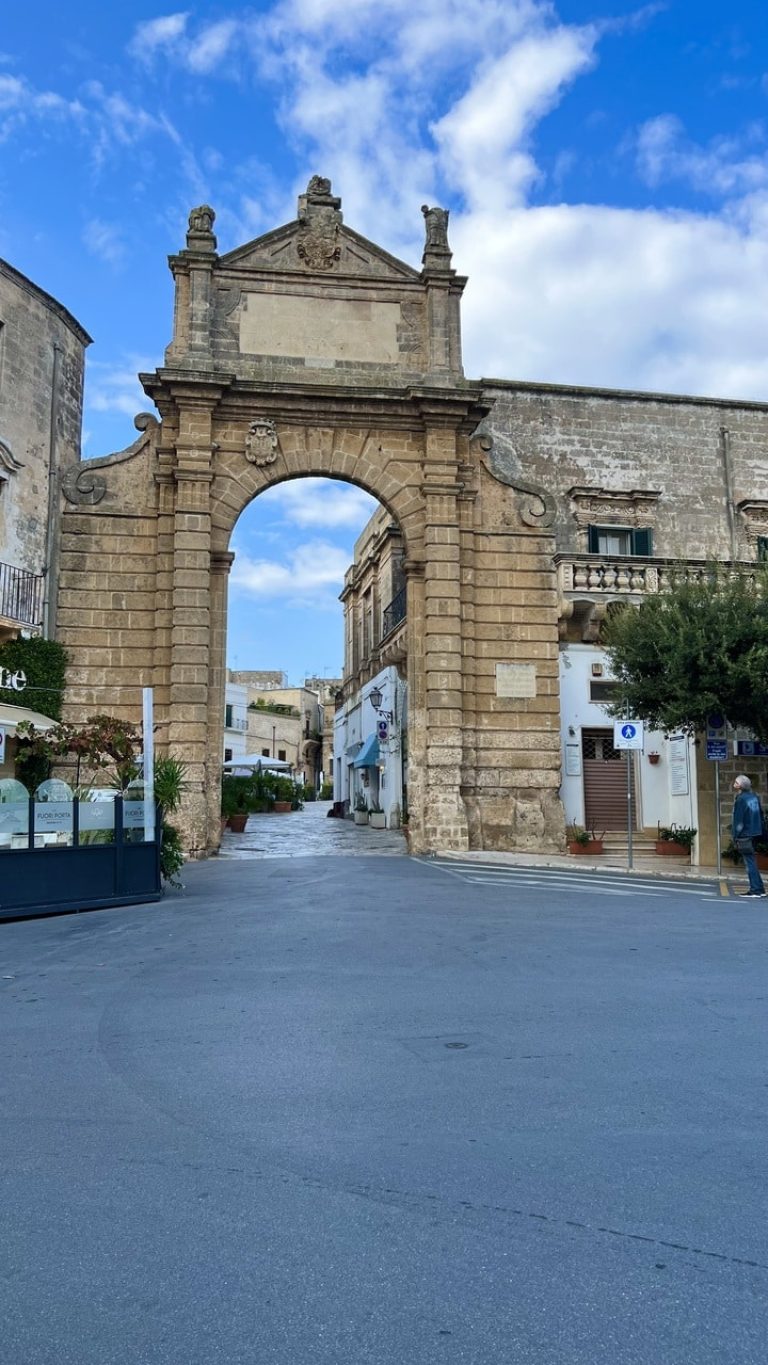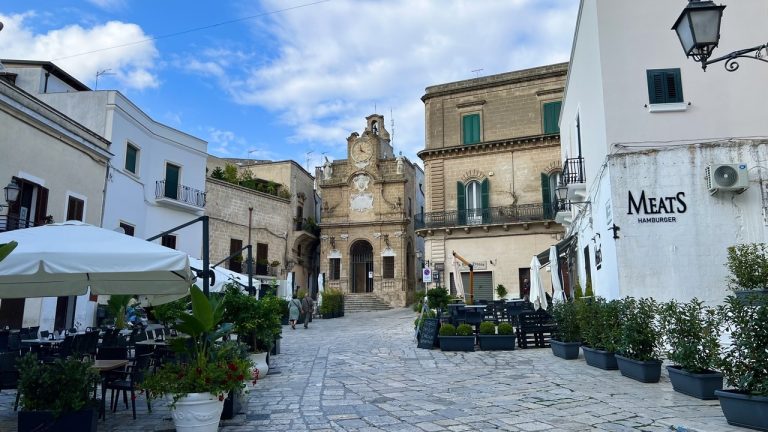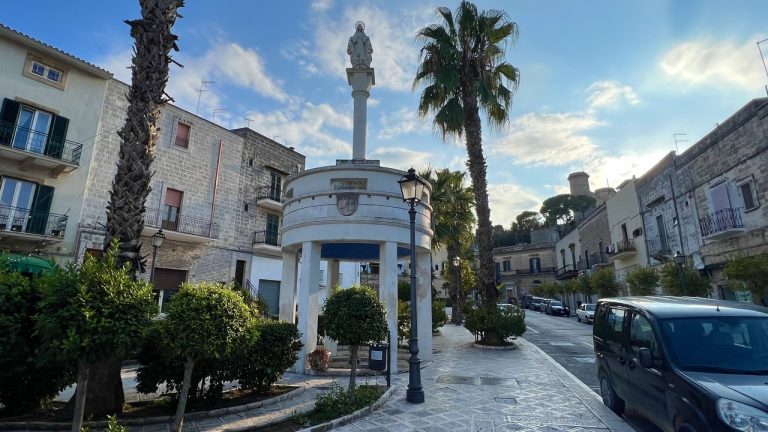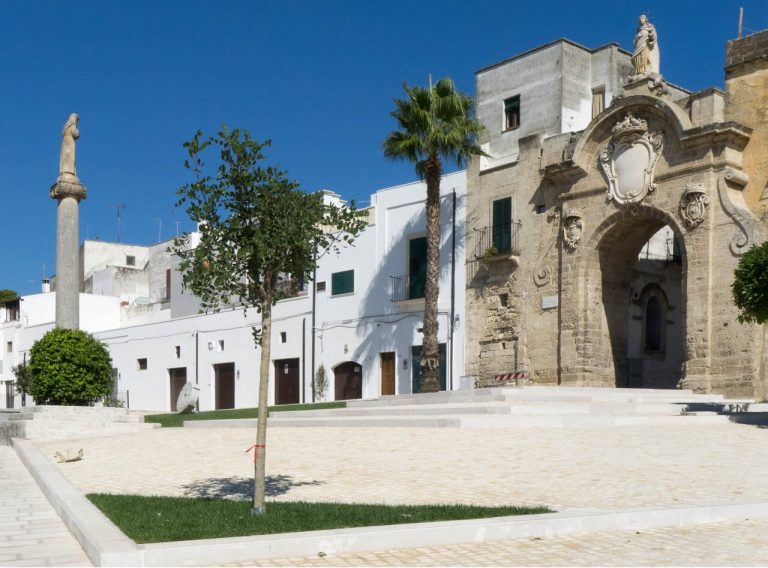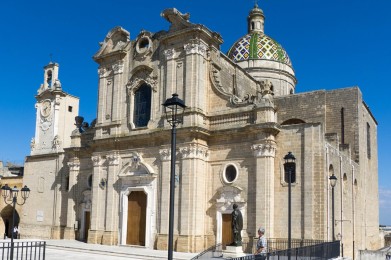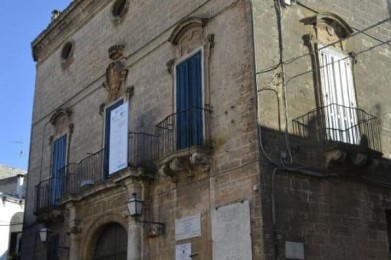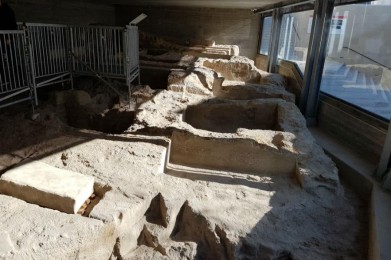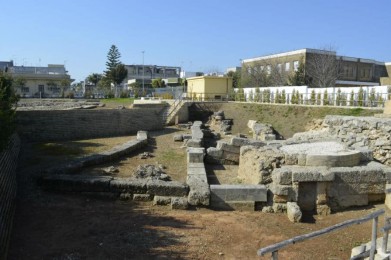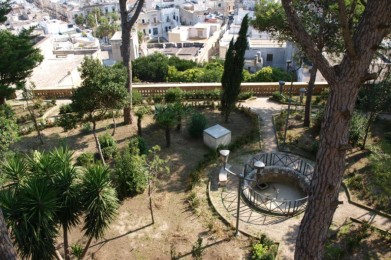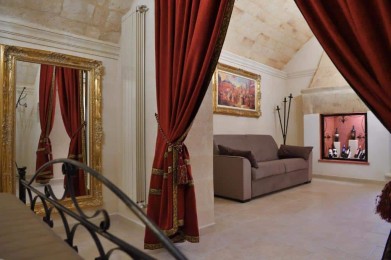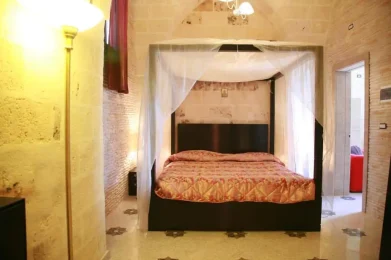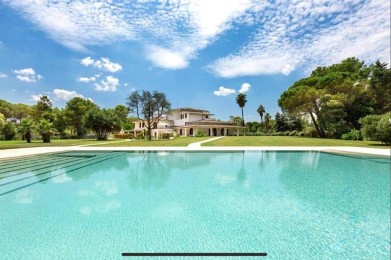Located on the heights of an ancient cordon of fossil dunes in the heart of northern Salento, Oria proudly dominates the surrounding Apulian plain. This thousand-year-old village is a treasure trove of history, legends and traditions, where every stone seems to tell of a different era.
An ancient history
According to Herodotus, the foundation of Oria - ancient Hyria - dates back to 1400 B.C., when a group of Cretans shipwrecked on the Ionian coast and decided to settle in the Oritanian hills. The city grew in prestige during the Roman period: in 265 B.C. it became a Roman municipality and was awarded the title "Confederate City" for its loyalty to the Empire.
In the following centuries, Oria experienced phases of alternating dominations: the Goths, Byzantines, Lombards, Greeks and Normans fought over the city, which between the 9th and 10th centuries housed one of the most important Jewish communities in Italy. It was then under the Swabians, and in particular with Emperor Frederick II, that Oria experienced one of its golden periods: between 1225 and 1233, he erected the imposing Swabian Castle and strengthened the city's defenses.
Over time, the town passed to the Angevins, the Spanish and then to the Genoese family of the Imperiali, until it was annexed to the Kingdom of Italy in 1860.
Monuments and architecture
The beating heart of Orvieto's spirituality is the Cathedral Basilica of Maria SS. Assunta, also known as "Little St. Peter's," because of its majestic layout and dome covered with polychrome tiles. The interior is a triumph of stucco, marble and Baroque statues. Not to be missed is the striking Crypt of the Mummies, where the embalmed brethren rest, dressed in ceremonial robes.
The Swabian Castle, with its triangular plan and three mighty towers, is one of the symbols of the city. A walk through the walls offers breathtaking views of the town and countryside. Next door is Montalbano Park, a historic garden dotted with hedges, fountains and panoramic terraces.
Also in the heart of the historic center is Palazzo Martini, now home to the Archaeological Museum, and other aristocratic buildings such as the Sedile, Palazzo Vescovile (which houses the Diocesan Museum) and Palazzo Martini Carissimo, home to the Centro di Documentazione Messapica.
Events and traditions
Oria lives and re-enacts its great history with passion. The most famous event is the Historic Procession of Frederick II and Tournament of the Rioni, held every year in August. More than a thousand costumed figures parade through the streets of the city, adorned with the banners of the four districts: Castello, Judea, Lama and Santo Basilio. The Tournament, a chivalric challenge between the districts, celebrates the Emperor's arrival in 1225, waiting to marry Isabella of Brienne.
Throughout the year, the city also offers the rites of Holy Week, the Passion of Christ, and numerous cultural and folkloric events, testifying to a deep identity vitality.
Stroll through history and flavors
To enter the village through Porta Taranto, also known as Porta degli Ebrei, or Porta Manfredi is to take a journey through time. The medieval streets, stone courtyards, and gathered squares tell of centuries of life, encounters, and cultures. And after a walk, all that's left to do is to be tempted by the local cuisine: orecchiette pasta with turnip tops, Apulian ragout, homemade ice cream and local wines are just some of the delights to be enjoyed.
Surroundings
Just 30 kilometers away are the turquoise waters of the Adriatic coast, with the beaches of Torre Guaceto and Specchiolla, ideal for a nature excursion. Brindisi, with its port and Roman remains, is another nearby destination not to be missed.
Oria is much more than a tourist destination: it is a city that welcomes, that tells, that excites. With its millennial history, breathtaking views, living traditions, and the authenticity of its people, it represents one of the most fascinating villages in Puglia.

